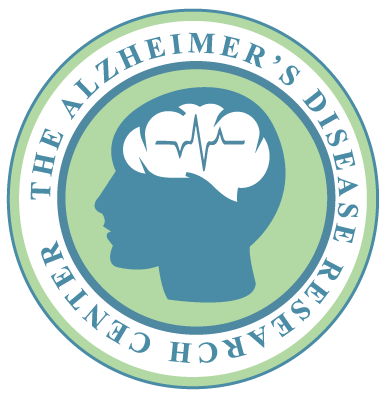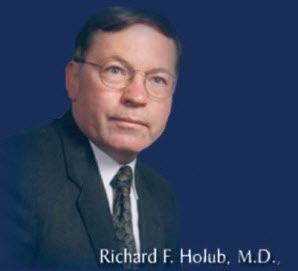A research article was published in the Journal of Science Translational Medicine in March of this year by the authors, Gerhard Leinenga and Jürgen Götz, which recounted their research into the use of a scanning ultrasound technique to improve beta-amyloid clearance from the brain. Beta-amyloid represents one, if not the primary, protein fragment, which accumulates in Alzheimer’s disease and is felt by many scientists to be toxic, and possibly to represent the primary source of injury to the brain in patients with Alzheimer’s disease. Beta-amyloid is a strong marker of Alzheimer’s disease and is affected by one mechanism or another in almost every genetic variant of Alzheimer’s disease. In short, beta-amyloid, which forms plaques, is felt to be toxic and much of the clinical research over the past 5 to 10 years has been aimed at reducing the amyloid burden in the patients with Alzheimer’s disease.
Drs. Leinenga and Götz found that they were able to reduce the amyloid burden in transgenic mice with Alzheimer’s disease by using a noninvasive scanning ultrasound technique. They found that by using repeated treatments they were able to remove significant amounts of beta-amyloid without the need for adding other therapies. This resulted in not only a 75 percent reduction in beta-amyloid plaques, but also demonstrated an improved performance on three memory tasks. No toxicity was identified.
More work, of course, needs to be done. Eventually, such therapies will advance to human clinical trials. Such research holds potential promise for the future.

